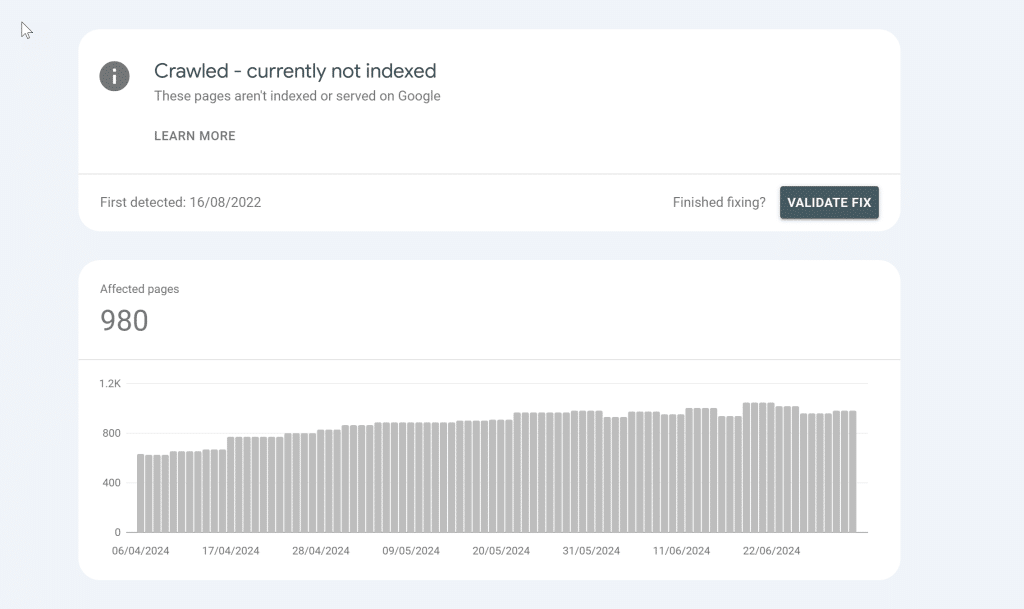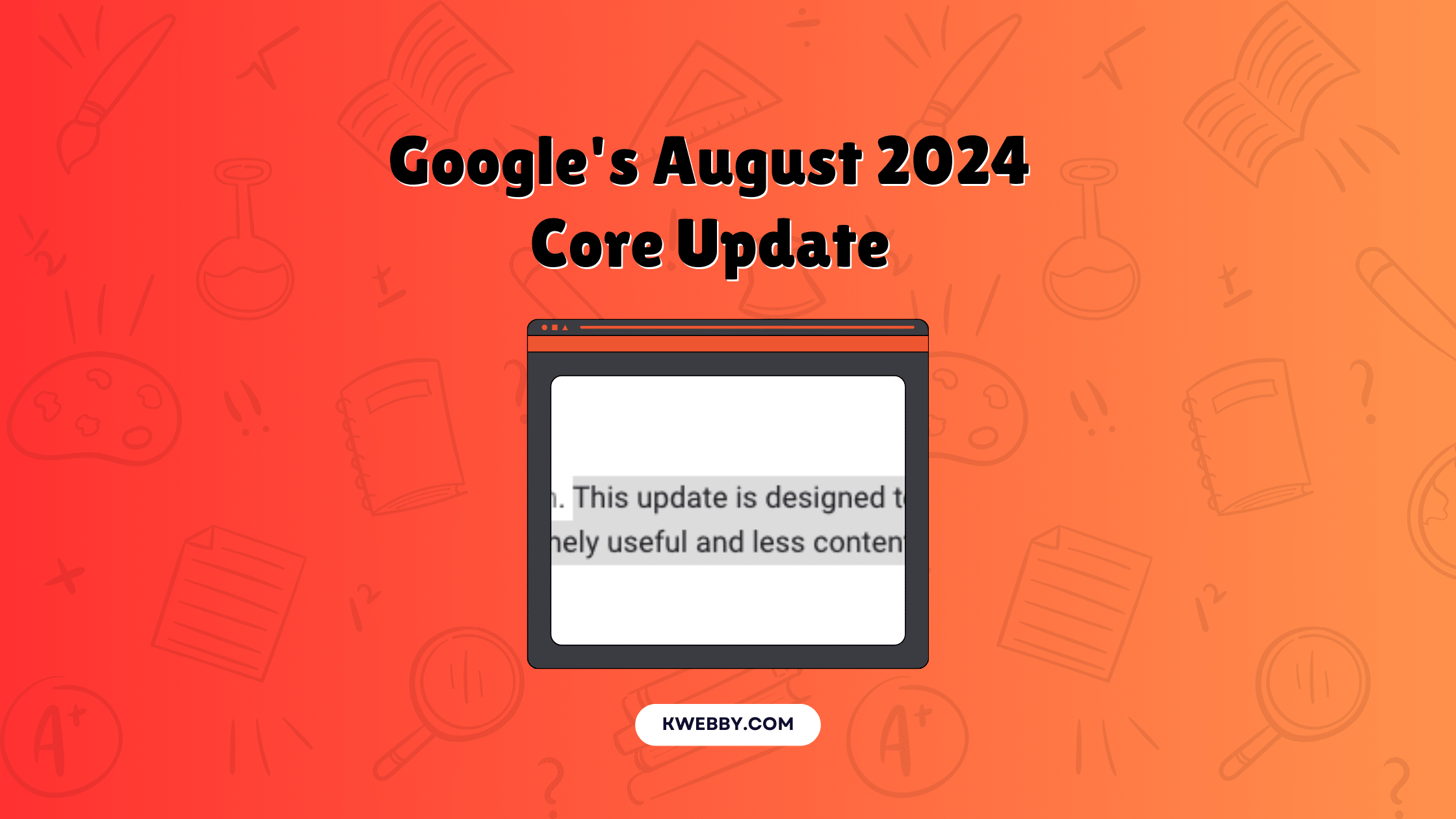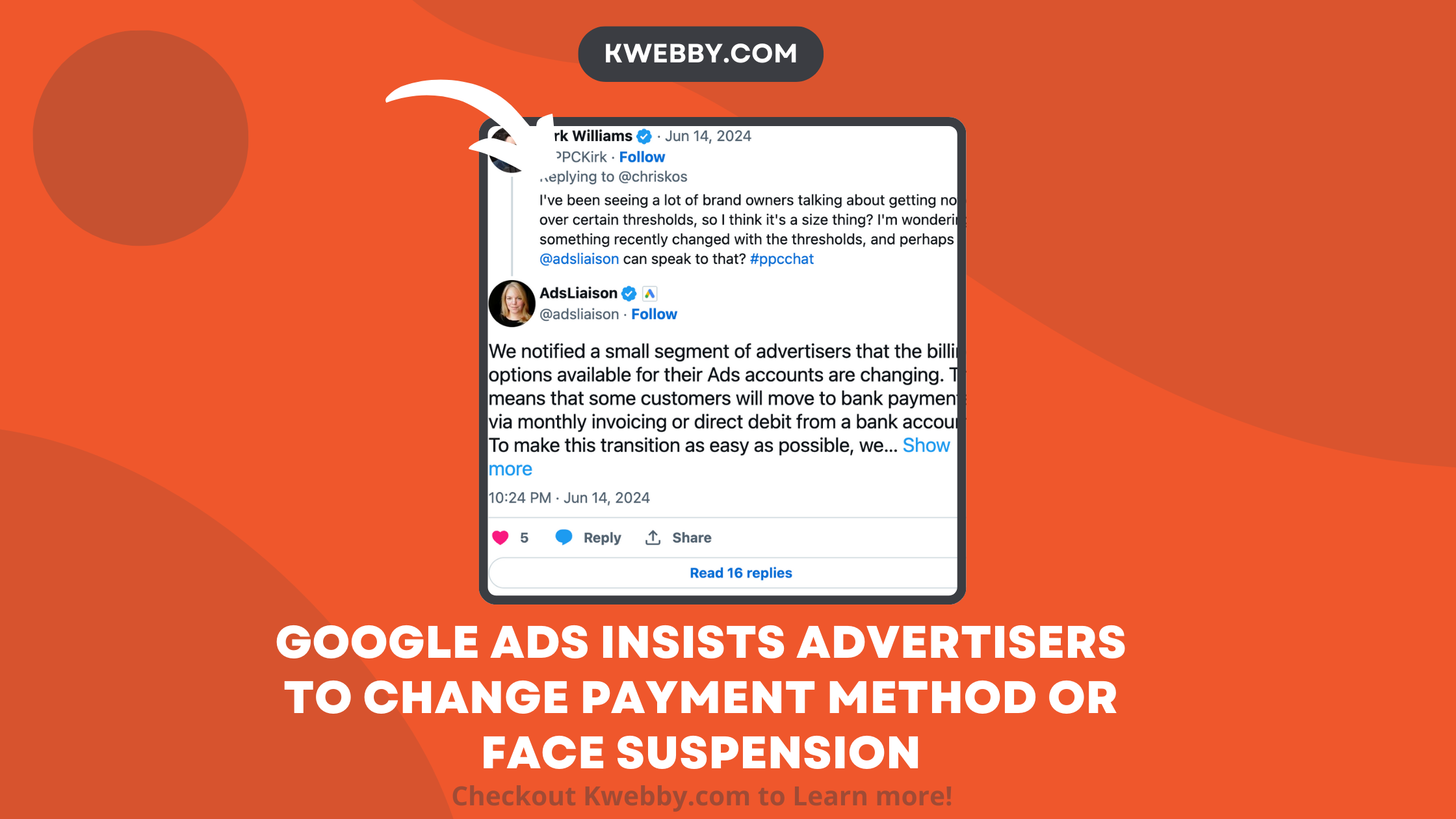Home / Blog / SEO / Advanced SEO Techniques / Google Reveals Reason Behind “Crawled but not Indexed” and How to Fix

Google Reveals Reason Behind “Crawled but not Indexed” and How to Fix
Choose Your Language:
Back in May, Google’s Gary Illyes shed light on an issue that has puzzled many webmasters: the “Crawled but not Indexed” error.
During an insightful interview at the SERP Conf 2024 conference in Bulgaria, Illyes delved into the various causes behind this frustrating error and shared valuable tips on how to debug and fix it.
Interestingly, although the interview provided a wealth of knowledge, it went largely unnoticed until recently. The ever-dedicated Olesia Korobka (@Giridja) highlighted this gem of an interview in a Facebook post, bringing it to the attention of the wider SEO community.
In the following sections, we will explore the key reasons behind the “Crawled but not Indexed” status and provide actionable steps to address them.
1 What Google Reveals about “Crawled But Not Indexed”
Understanding why your pages appear as “Crawled but not Indexed” in Google Search Console can be a confusing puzzle. This status indicates that while Googlebot has successfully crawled your page, it has chosen not to include it in the search index.
During an engaging interview, Gary Illyes from Google clarified that there are multiple factors contributing to this situation, shedding light on the mystery and offering practical solutions.
1.1 Key Reasons for “Crawled But Not Indexed”
- Content Duplication: One primary reason is duplicate content. If your page content is too similar to other existing content already indexed by Google, the search engine may decide not to index it. This process, known as dupe elimination, ensures that only the most relevant and unique content makes it into the index.
- Site Quality: The overall quality of your site plays a significant role. If Google perceives your site to have low-quality content or poor user experience, it might choose not to index certain pages. A high number of “Crawled but not Indexed” pages can indicate quality issues that need to be addressed.
- Technical Errors: Technical issues on your site can also prevent indexing. For example, if there’s a server error causing the same page to be served across different URLs, Google may choose not to index these pages due to perceived redundancy or errors.
- Google’s Perception Change: Changes in Google’s perception of your site can impact indexing. If Google decides that your site’s value has decreased, it may start to index fewer pages. This shift could be due to various reasons, including outdated content or frequent downtime.
By taking a closer look at these factors, webmasters can better understand the root causes of the “Crawled but not Indexed” status and address them effectively.
Regularly monitoring your site for duplicate content, improving overall site quality, and resolving technical issues are essential steps to ensuring more of your pages get indexed.
As you implement these changes, you not only improve your site’s performance but also enhance its visibility in Google’s search results.
2 How to Fix Your Content for “Crawled but Not Indexed”

To address the “Crawled but not Indexed” issue effectively, follow these steps:
- Identify Duplicate Content:
- Use tools like Copyscape or Siteliner to detect duplicate content on your site.
- Review pages showing similar or copied content and modify them to provide unique value.
- Enhance Site Quality:
- Conduct a content audit to ensure all your pages offer high-quality, valuable information.
- Improve user experience by making your site mobile-friendly, speeding up load times, and ensuring clear navigation.
- Resolve Technical Errors:
- Check Google Search Console for any technical issues or warnings.
- Fix server errors, remove any duplicate URLs, and use 301 redirects where necessary.
- Ensure proper use of canonical tags to inform Google of the primary version of your pages.
- Update Outdated Content:
- Regularly update your content to keep it fresh and relevant.
- Remove or improve outdated pages that may reduce your site’s perceived value by Google.
- Monitor Your Site Regularly:
- Keep an eye on your site’s performance and indexing status using Google Search Console and other SEO tools.
- Regularly review and adjust your SEO strategies to keep aligned with Google’s evolving algorithms and indexing guidelines.
By systematically identifying and addressing these key areas, you can improve your chances of having more pages indexed by Google and, as a result, enhance your site’s visibility and performance in search results.
3 Conclusion
By understanding the nuances behind the “Crawled but not Indexed” issue and following the outlined steps to rectify it, webmasters can significantly improve their site’s indexing potential.
Persistent efforts in content enhancement, technical optimization, and regular monitoring are vital in ensuring a robust online presence.
Remember, the path to better indexing is akin to a marathon rather than a sprint; consistent, quality improvements will lead to sustained success.
As we adapt to the ever-evolving landscape of Google’s algorithms, staying informed and proactive will position your site favorably in the competitive world of search engine rankings.
Keep these strategies in mind, and you’ll be well on your way to achieving greater visibility and engagement in the digital realm.




